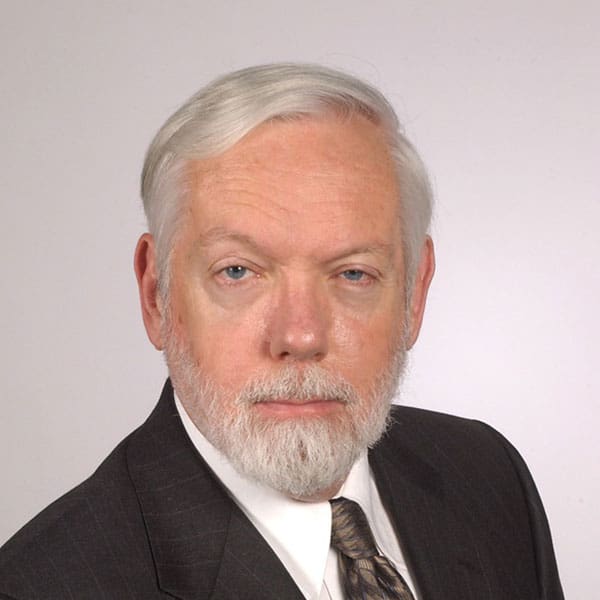Location
Climate & Space Research Building University of Michigan
2455 Hayward Street
Ann Arbor, MI 48109-2143
Phone
Primary Website
Additional Titles
- Thomas M. Donahue Distinguished University Professor Emeritus of Space Science
Related links
Education
- Ph.D., Applied Physics, University of California-San Diego
Professional Service
- Vice Chair, Committee on the Rationale and Goals of the U.S. Civil Space Program, Space Studies Board, National Research Council
- Former Chair, National Academy of Sciences Space Studies Board
- Served on numerous advisory committees to the National Research Council and NASA, including the Space Science Board and the NASA Advisory Council
Research Interests
- Solar and Heliospheric Physics
- Developing new theoretical concepts and models for the behavior of the solar atmosphere and its expansion into space to form the solar wind
- Developing new theoretical concepts for the acceleration and behavior of energetic particles in the heliosphere
- Developing new theoretical concepts and models for interstellar neutral gas and dust behavior in the heliosphere and subsequent ionization to form the so-called pickup ion population
- Developing new theoretical concepts and models for interaction between the heliosphere and local interstellar medium
- Developing new flight hardware to measure the composition of plasmas in the heliosphere
Awards
- U-M College of Engineering Stephen S. Attwood Excellence in Engineering Award
- College of Engineering Collegiate Professor of Space Science
- Member, National Academy of Sciences
- Foreign Member, Academia Europaea
- Fellow, American Geophysical Union
- Elected Member, International Academy of Astronautics
- NASA Distinguished Service Medal
- NASA Outstanding Leadership Medal
- AIAA Space Science Award
- International Academy of Astronautics Basic Science Award Developed theory for origin of a new component of cosmic rays, the anomalous component
- Developed theory for dramatic enhancements of the isotopic abundances of particles accelerated in solar flares
- Introduced first numerical model for the behavior of cosmic rays in the solar wind
- Developed first three-dimensional model for the modulation of galactic cosmic rays in the heliosphere
- Developed first successful model for the acceleration of energetic particles at standing shock waves in the solar wind
- Developed new theoretical concepts for the behavior of the heliospheric magnetic field
- Founding member, Institute for the Study of Earth, Oceans and Space, University of New Hampshire
- Associate Administrator, Space Science and Applications and Chief Scientist, NASA
- Principal Investigator, NASA Solar Terrestrial Theory Program for the study of the Solar Corona and the Solar Wind
- Co-Investigator, Solar Wind Ion Composition Spectrometer experiment, NASA/ESA Ulysses mission and NASA Wind mission to study the heliosphere at high heliographic latitudes
- Chairman, Board of Trustees, University Corporation for Atmospheric Research
- Director, Orbital Sciences Corporation
- Founder, Michigan Aerospace Corporation
